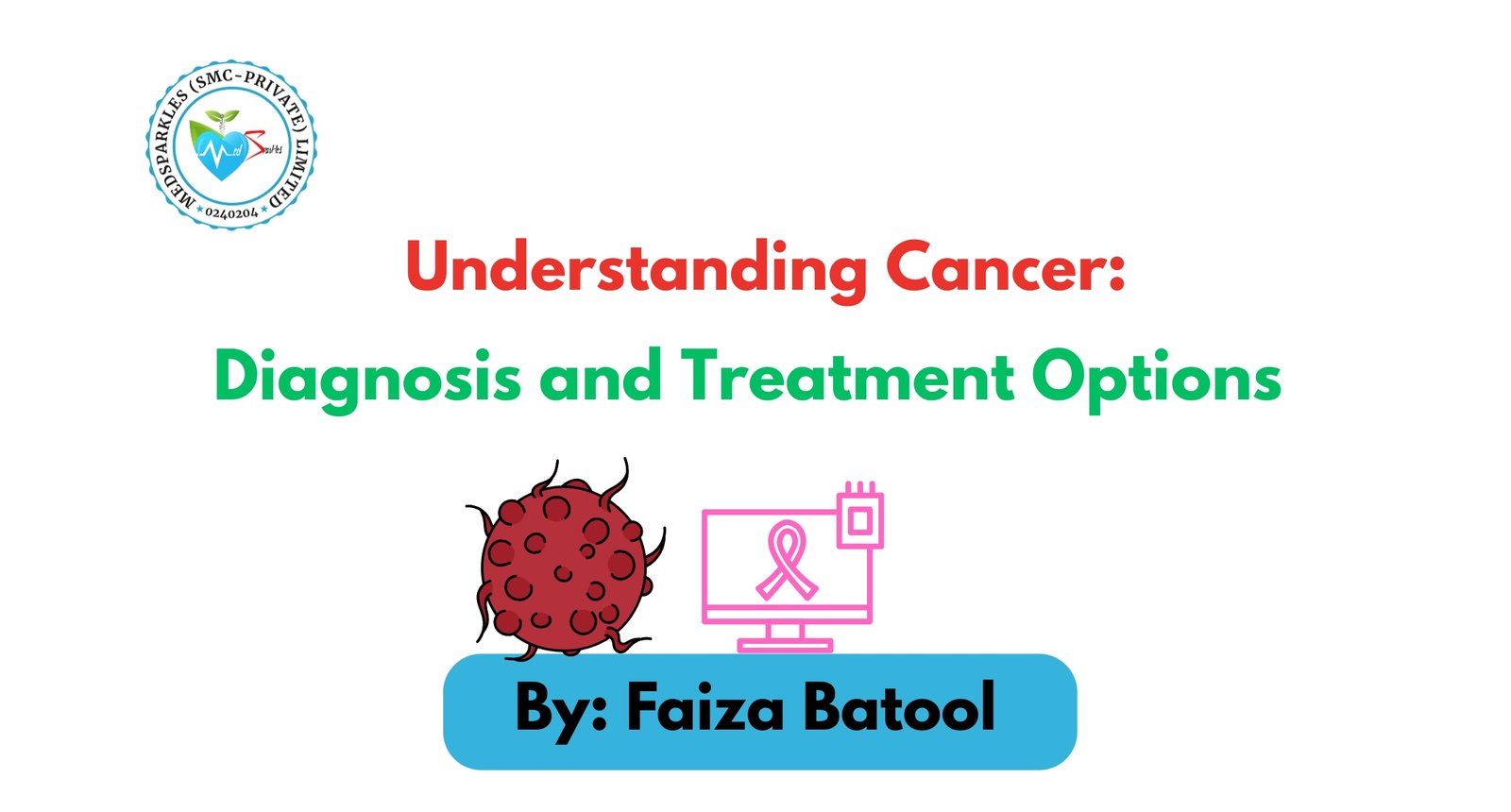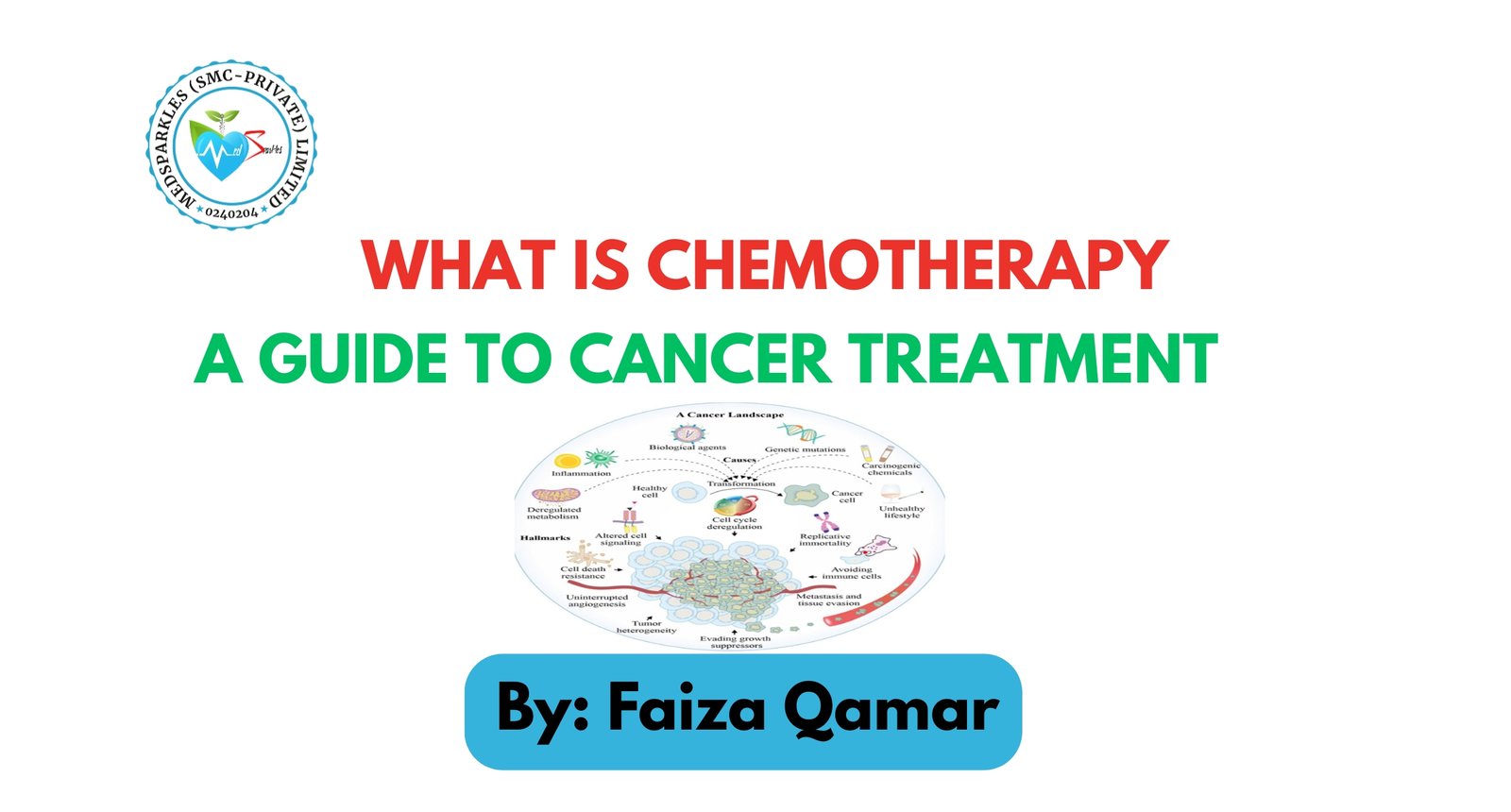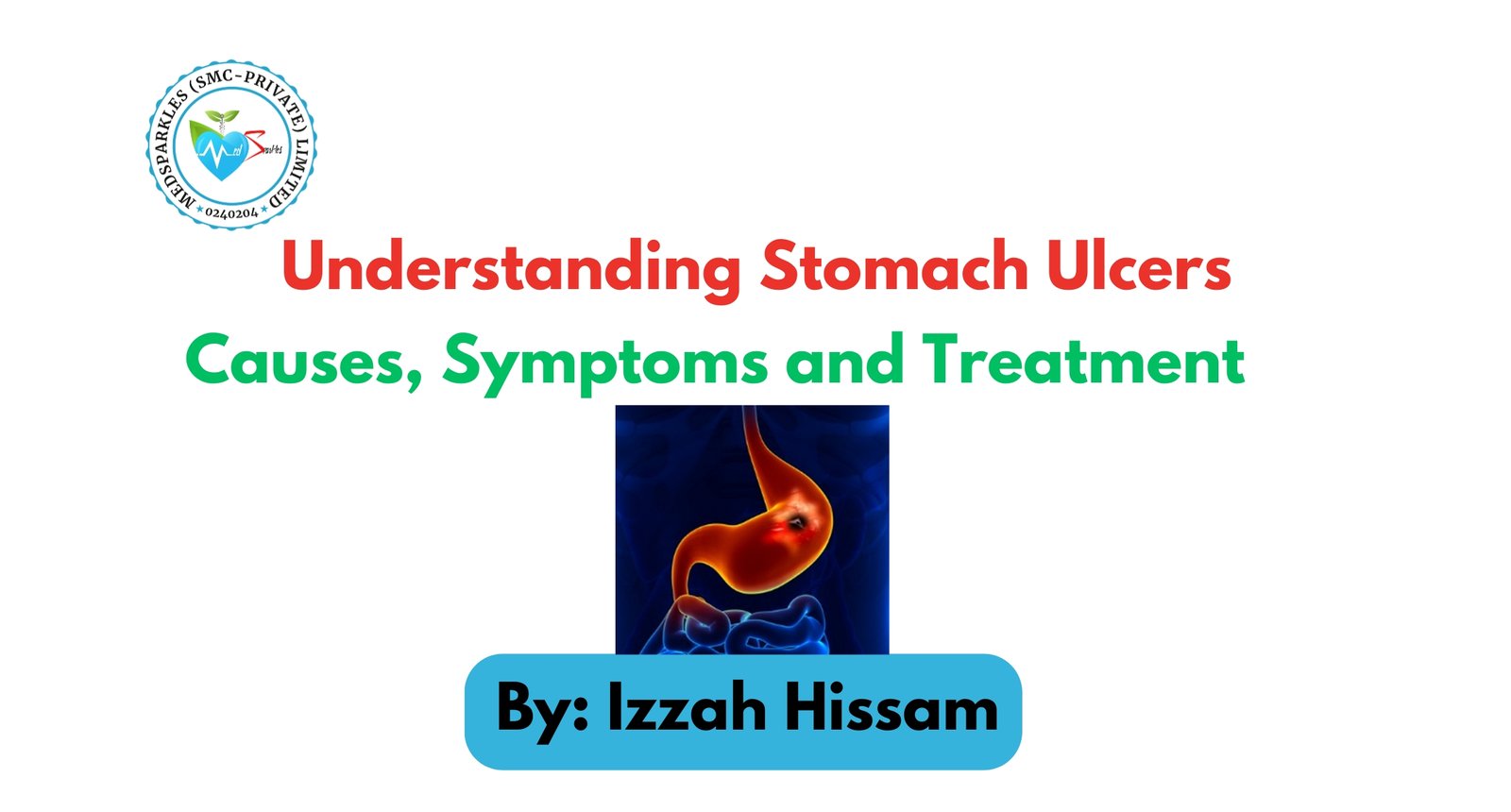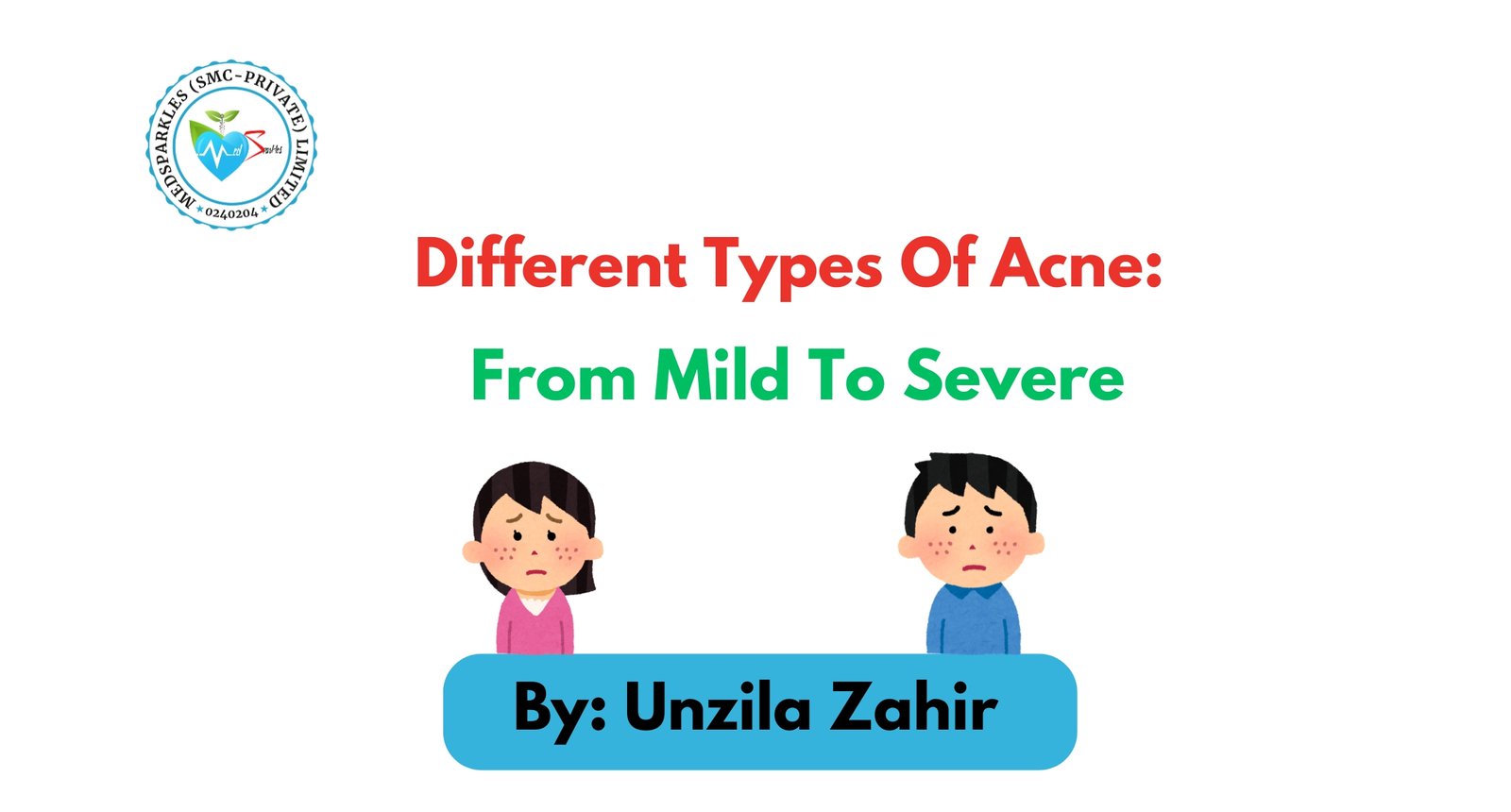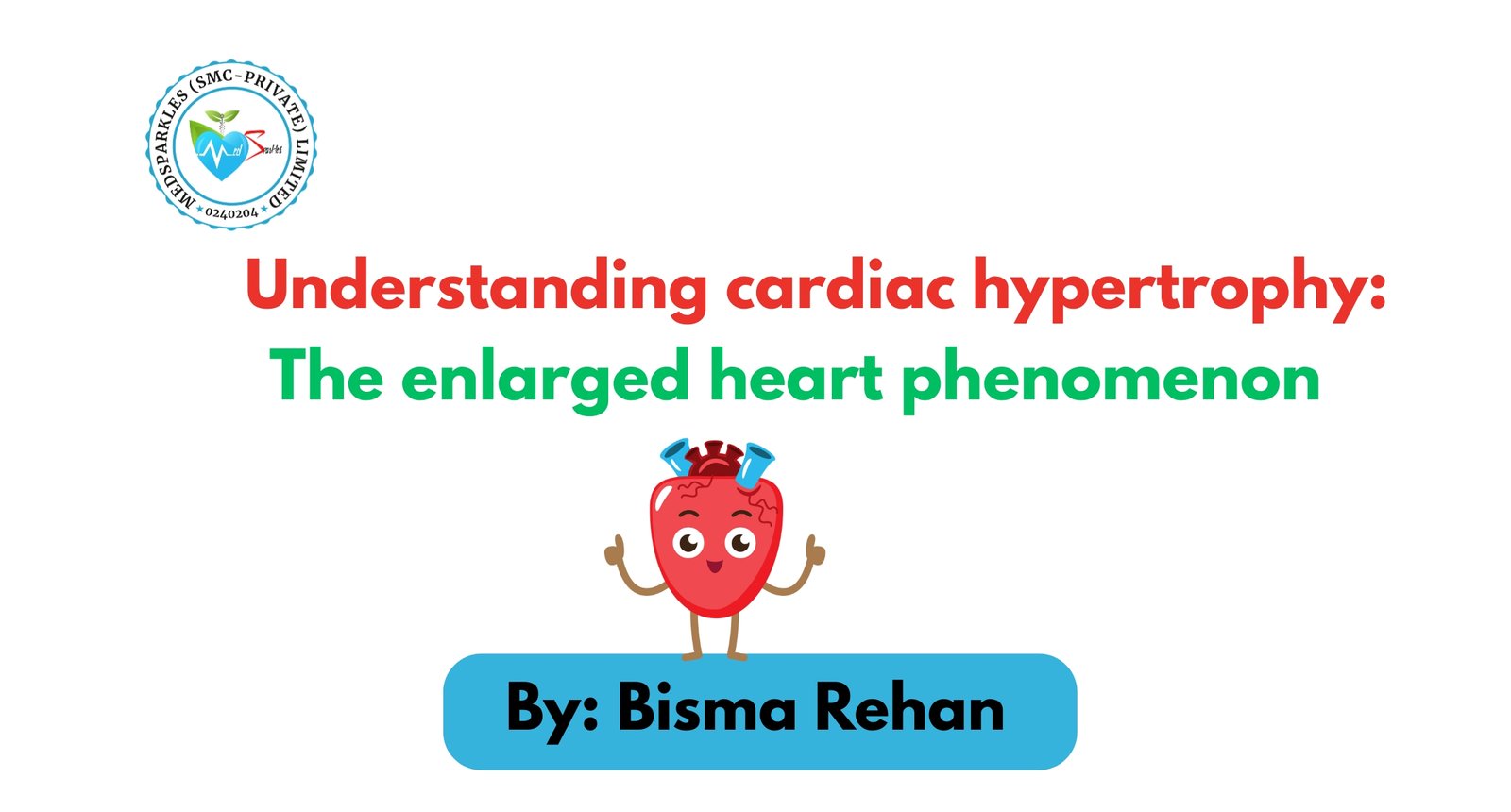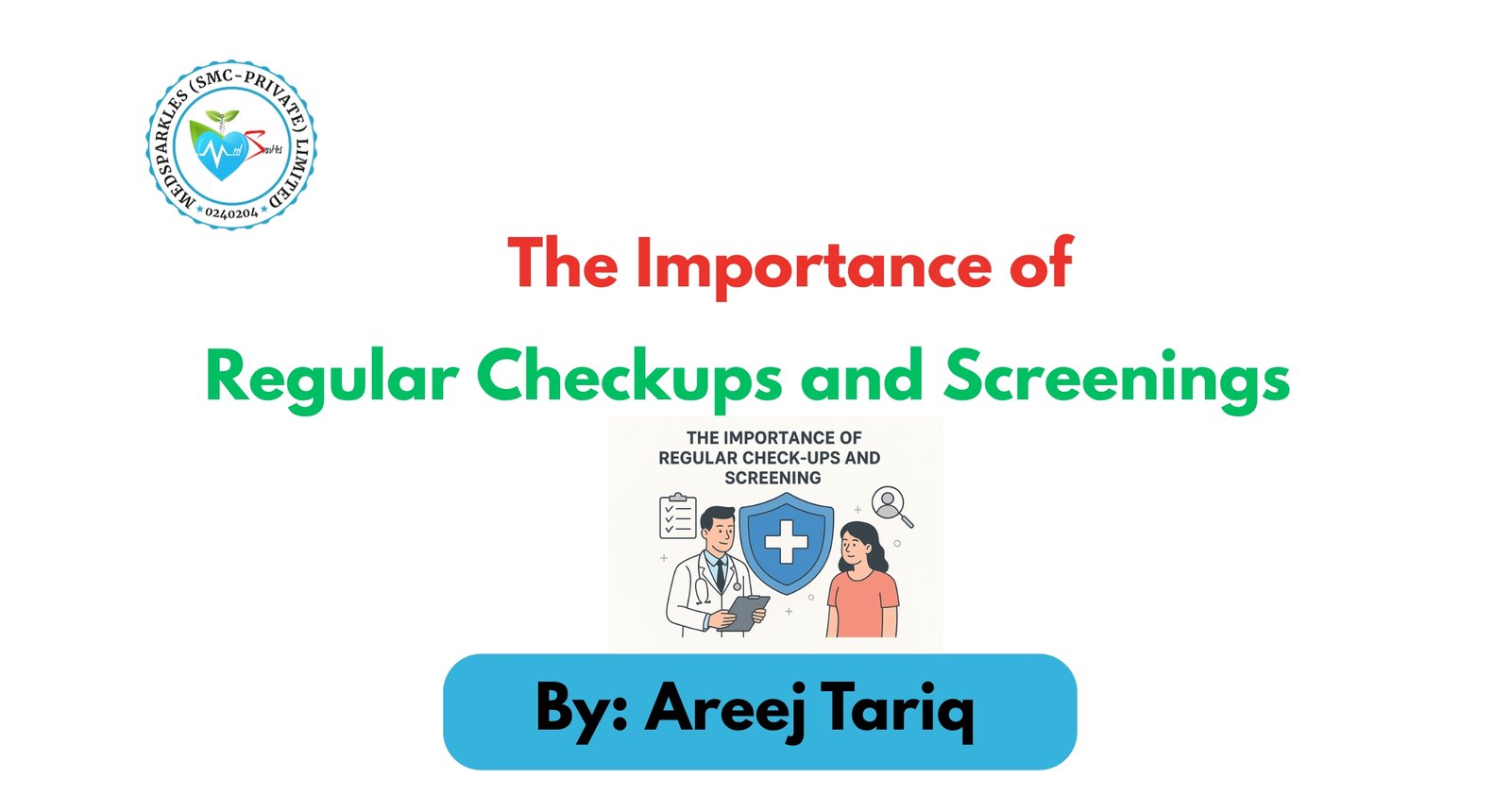Introduction
Cancer is a collection of illnesses in which festering cells grow beyond control and might spread to other areas of the body. In a normal manner, cells increase, multiply, and perish. This is interfered with by cancer. Damaged cells do not die but continue dividing to create lumps known as tumors (except in blood cancers, where they spread via the blood.
Types of Cancer
Cancer is of more than 100 types. Among the most common ones, there are:
Lung cancer
Lung cancer originates in the lungs and is among the causes of death due to cancer that are highly prevalent in the entire globe. It is closely associated with smoking and it may also happen among non-smokers. The symptoms can be chronic cough, pain in the chest, dyspnea, and blood-streaked cough.
Breast cancer
Breast cancer develops around the cells within the breasts which mostly develop in women but also in men. It may bring about lumps, alteration in the shape of the breast or dimpling of the skin. Frequent mammogram is significant in early detection.
Prostate cancer
This is a cancer that grows in the prostate which is a small gland that produces seminal fluid in men. It tends to develop gradually and not necessarily produce some symptoms. Severe cases may cause urinary issues and pain in the pelvis.
Colorectal cancer
The cancer begins in the colon or the rectum. It may arise due to polyps (abnormal growths) which may turn cancerous with time. The symptoms may consist of blood in the stool, pain in the abdomen, and bowel changes.
Skin cancer (melanoma and non-melanoma)
Skin cancer is a condition that arises as a result of uncontrollable growth of the skin cells. The most severe one is melanoma and tends to spread rapidly, whereas non-melanoma skin cancer (such as basal cell carcinoma) is typically not aggressive. Some of the red flags are new or changing sores or moles that fail to get healed.
All the types do not influence the organisms and tissues in the same way, and that is why not all are treated in the same way.
How Cancer Develops
Cancer occurs when DNA in a cell gets damaged as a result of genetic mutations.

These mutations can be inherited, arise from random errors during cell division, or be caused by environmental factors such as:
Lifestyle factors include smoking, unhealthy diets, or inactivity.
Exposure to the environment, e.g., radiation or poisonous chemicals.
Genetic mutations inherited in the family.
Random error in the normal cell division.
Eventually, there are sufficient mutations that can be acquired to enable cells to multiply without restraint and avoid the immune system.
Signs and Symptoms
Cancer at an early stage may be without any symptoms and that is the reason why screening is needed. They rely on the type and location of the cancer when they manifest themselves. There are certain red flags, which include:
Unexplained weight loss
Persistent fatigue
Skin changes (new or changing moles, sores which do not heal)

Abnormal bleeding or discharge.
Nonstop coughing or using difficulties in swallowing.
Why Early Diagnosis Matters
The early diagnosis of cancer can usually result in increased treatment alternatives, less invasive treatment, and higher survival chances. Some cancers do not result in the development of any noticeable existing symptoms in the initial stages, and thus, the ability to diagnose them earlier depends on the frequency of checkups, screenings, and attention to warning signs.
Physicians involve a number of tools and tests to determine the presence of cancer. These normally begin with basic examinations and move on to more focused tests in the event that something suspicious has been identified.
Physical Exams
A doctor may check for:
Lumps or unusual growths
Either skin, lymph node or organ changes.
Cause of pain or swelling.
This is commonly the initial intervention on the emergence of symptoms.
Laboratory Tests
Cancer can be indicated by blood, urine or other fluid samples. There are cancers that secrete substances known as tumor markers and can be detected in laboratory tests. Nonetheless, the presence of abnormal lab findings does not mean cancer but only indicates that some additional testing must be conducted.
Imaging Tests
These form images of the internal organs of the body, and are used in the detection of tumors.
X-rays – Useful in the detection of bone disease or tumors of the lungs.
CT scans – Figure of cross section to indicate size and whereabouts.
MRI scans – soft tissue detailed images.
PET scans – Diagnose active cancerous cells in the body.
Ultrasound – It is frequently used to examine soft tissue lumps.
Biopsy
The best method of diagnosing cancer is through biopsy. It entails excising a tiny tissue sample that is to be examined using a microscope. Types include:
Performing biopsy with a thin needle.
Biopsy (removal of a part or all of a suspicious lump) with the use of a scalpel.
Endoscopic biopsy (a thin tube with a camera is used to sample the insides of the body).
Staging and Grading
Following the diagnosis of cancer, physicians will determine:
Stage – this is defined as the distance that the cancer has spread (0-IV)
Grade – the look of the cancer cells and this could be a pointer towards the rate at which the cancer can progress.
Challenges in Diagnosis
Some types of cancer are difficult to be diagnosed at an early stage since they either have low symptoms or no symptoms of the disease in the initial stages of the cancer. The remaining ones may be misdiagnosed with benign ones. That is why the role of routine check-ups and screenings should be so important.
Cancer Treatment Options
Surgery
It is operated to remove the tumor and tissue on the body.
Its application: It is commonly applied to non-metastatic tumors of solid nature.
Goal: It may be curative (get all the cancer out of him) or palliative (get all the symptoms out of him).
Examples Lumpectomy of breast cancer, colectomy of colon cancer.

Chemotherapy
The chemotherapy is administered with a use of drugs that kill the developing cancerous cells in the body.
Where it is applied: It is applied in cancers that have metastasized or could be metastatic.
Mechanism: It is given in IV/injection/ pills in cycles.
Side effects: Hair loss, nausea, fatigue (not only infectious, but also normal growing cells are affected).
Radiation Therapy
Radiation therapy is the treatment that is carried out by high-energy rays used in destroying cancer cells.
Application: It is normally employed to shrink the tumors before surgery or to destroy the rest of the cancerous cells after surgery.
Types: External beam radiation or internal radiation (brachytherapy).
Side effects: Areas, fatigue, skin irritation.
Immunotherapy
Immunotherapy helps the body to detect and kill cancerous cells through the aid of the immune system.
Mechanism of action: Checkpoint blockers, CAR T-cell therapy, or immunotherapy.
Indications: Good in certain types of cancer like melanoma, lung and blood cancers.
Side effects: Flu-like or inflammatory immune reactions.
Targeted Therapy
Targeted therapy helps to block specific molecules preventing the development of cancerous cells.
Mechanism: Psychotropic drugs or antibodies assault the genes or proteins of the cancer cells.
Advantages: Few side effects compared to chemotherapy in the majority of the cases.
One such example is the HER2 blocking of a subset of breast cancer.
Hormone Therapy
There are cancers which depend on hormones to grow (as in breast or prostate cancers).
Introduction: Lower concentrations of hormones or inhibit action.
How: Pills, injections or surgery to destroy hormone producing organs.
Side effects: Hot flushes, mood swings, bone thinner.
Transplant (Bone Marrow) Stem Cell
This is a transplantation of bone marrow that has been extinguished with healthy stem cell marrow.
Application: It is commonly applied in the treatment of blood cancers like leukemia, lymphoma or multiple myeloma.
Purpose: To help the body to generate new healthy blood cells after major chemo or radiation therapy.
Palliative and Supportive Care
The treatment even of the case of the cancer which is not curable can be viewed in the context of comfort and quality of life.
Examples: pain relievers, food, counseling, physical treatment.
Purpose: To improve the lives of people both within and without treatment.
Combination Therapy
Most cancer care regimens use a combination of these approaches, basing on the type, the stage and the genetic composition of the cancer and the general condition of an individual.
Conclusion
Cancer is a multifaceted illness, yet it is possible to make it easier by knowing how it occurs, how it can be detected, and what types of treatments can be offered. Timely diagnosis is the most effective means of raising the count of successful results, that is why frequent check-ups and consideration of the symptoms are so essential. Surgery, chemotherapy, radiation, targeted drugs, and immunotherapy have improved and now many cancers are treatable and even curable, particularly at an early stage. Prevention is also a key factor and risk reduction by adoption of healthy lifestyles can go a long way. Although cancer diagnosis may be life altering, a person can fight it and live positively and hopefully with knowledge, proper care and support.
Frequently Asked Questions
1. What causes cancer?
Changes (mutations) of the DNA of cells cause cancer. They may be caused by lifestyle choices such as smoking, nutritional, and exposure to the sun, or may be genetically inherited as a result of genetic defects. In some cases, they occur spontaneously at the time of cell division.
2. Can cancer be cured?
There is a great variety of cancers that can be cured, in particular when it is in the early stages. Others can also not be cured but can be put under control over years through treatment. The prognosis is determined by the nature of the cancer and its progression as well as its response to therapy.
3. How is cancer diagnosed?
Physicians follow a number of procedures: medical history, physical examination, laboratory tests, scans (CT or MRI), and a biopsy (examination of tissue under a microscope). Confirmation of cancer is normally done by a biopsy.
4. What are the typical side effects of treatment of cancer?
There are side effects that are variable to the treatment, and they could be fatigue, nausea, hair loss, loss of appetite, and decreased immunity. The majority of the side effects are short-term and can be treated using supportive care.
5. What can I do to reduce my risk of developing cancer?
The following risk reduction measures can help you reduce your risk: avoid smoking, avoid alcohol, exercise, keep track of your weight, protect yourself against the sun, eat nutritious food, and have periodic check-ups.
References
Diagnosis @ Www.Cancer.Gov. (n.d.). https://www.cancer.gov/about-cancer/diagnosis- staging/diagnosis
Institute, N. C. (n.d.). Side-Effects @ Www.Cancer.Gov. https://www.cancer.gov/about- cancer/treatment/side-effects
Mayo, C. (n.d.). Drc-20370594 @ Www.Mayoclinic.Org. In Diagnóstico de cáncer. https://www.mayoclinic.org/diseases-conditions/cancer/diagnosis-treatment/drc- 20370594
Saúde, O. M. da. (2018). cancer @ www.who.Int. In Cancer (p. 1). http://www.who.int/mediacentre/factsheets/fs297/en/
What-Is-Cancer @ Www.Cancer.Org. (n.d.).
